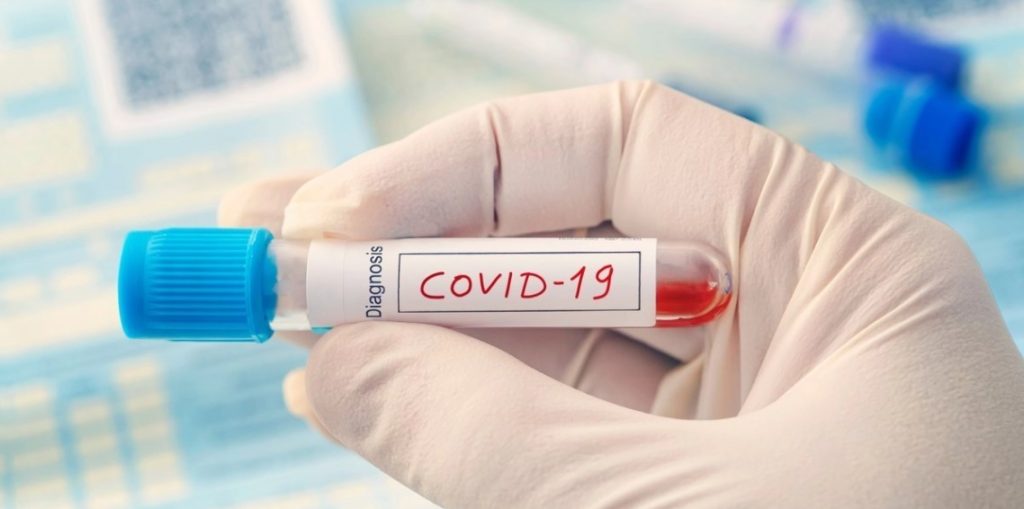A new study may now provide a greater explanation for why many experience prolonged fatigue following COVID-19 infection.
Others are reading now
If you are among the many people who have been infected with COVID-19 and subsequently felt more tired than usual, there may now be an explanation for that.
A recent study published in Nature Communications has shed light on the debilitating post-exertional malaise experienced by long COVID patients.
This study, involving 25 patients, reveals that long COVID significantly impacts skeletal muscle structure, leading to reduced exercise capacity and exacerbating fatigue and pain after physical activity.
The research highlights how chronic conditions following acute infections like COVID-19, known as post-acute sequelae of COVID-19 (PASC), manifest in a range of symptoms, including limited exercise tolerance and post-exertional malaise. The study involved rigorous testing, including blood and skeletal muscle biopsies before and after exercise, to understand the biological factors contributing to these symptoms.
Also read
The Key Findings
Key findings include the discovery of metabolic and mitochondrial dysfunction in long COVID patients. Muscle biopsies showed a decrease in oxidative phosphorylation capacity and succinate dehydrogenase (SDH) activity, particularly after exercise, indicating a link to the fatigue experienced by patients.
Another significant aspect of the study was the focus on amyloid-containing deposits in skeletal muscle. These deposits, previously hypothesized to cause local ischemia, were found to increase in concentration after exercise, although they did not conclusively explain the post-exertional malaise.
The study also observed exercise-induced myopathy in long COVID patients, characterized by small atrophic fibers and focal necrosis, indicating exacerbated muscle damage and a possible cause for increased muscle weakness, fatigue, and pain after exercise.
Interestingly, the presence of SARS-CoV-2 nucleocapsid protein in skeletal muscle did not show a significant difference between long COVID patients and healthy controls, suggesting that viral remnants are not a contributing factor to the limited exercise capacity or development of post-exertional malaise in these patients.
In summary, this comprehensive study offers a deeper understanding of the physiological changes in long COVID patients, particularly in relation to skeletal muscle and metabolic functions.


